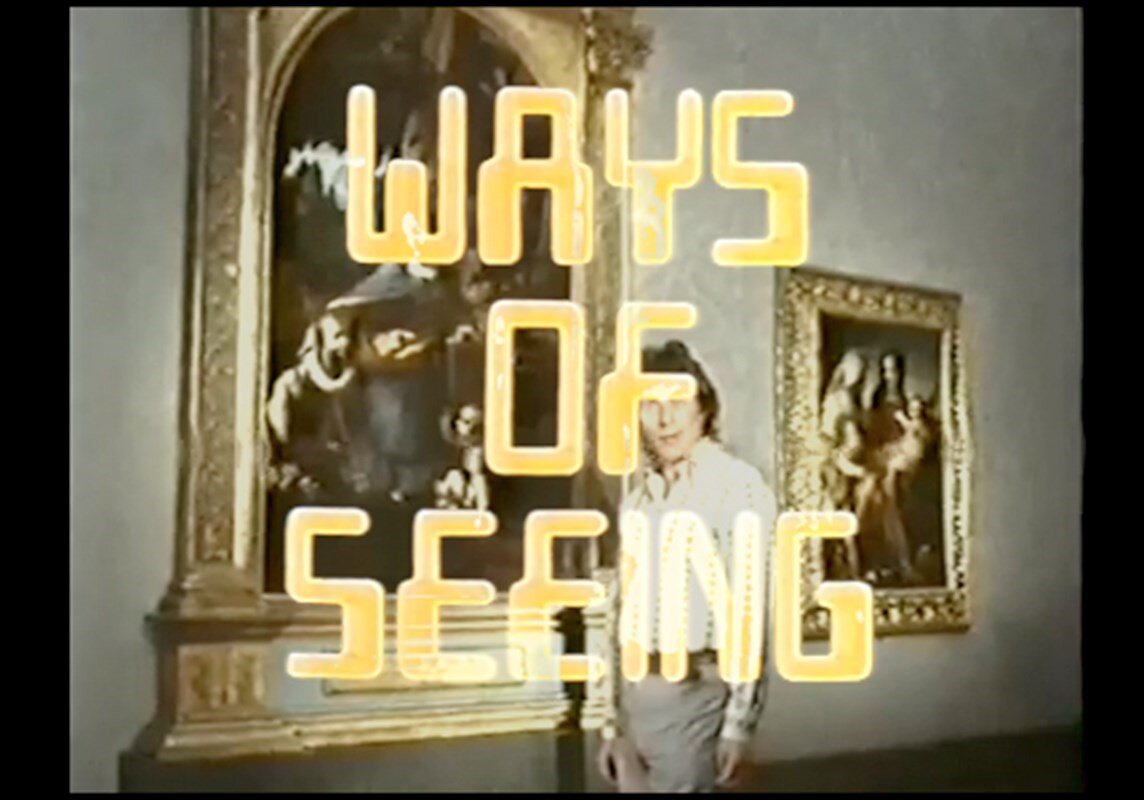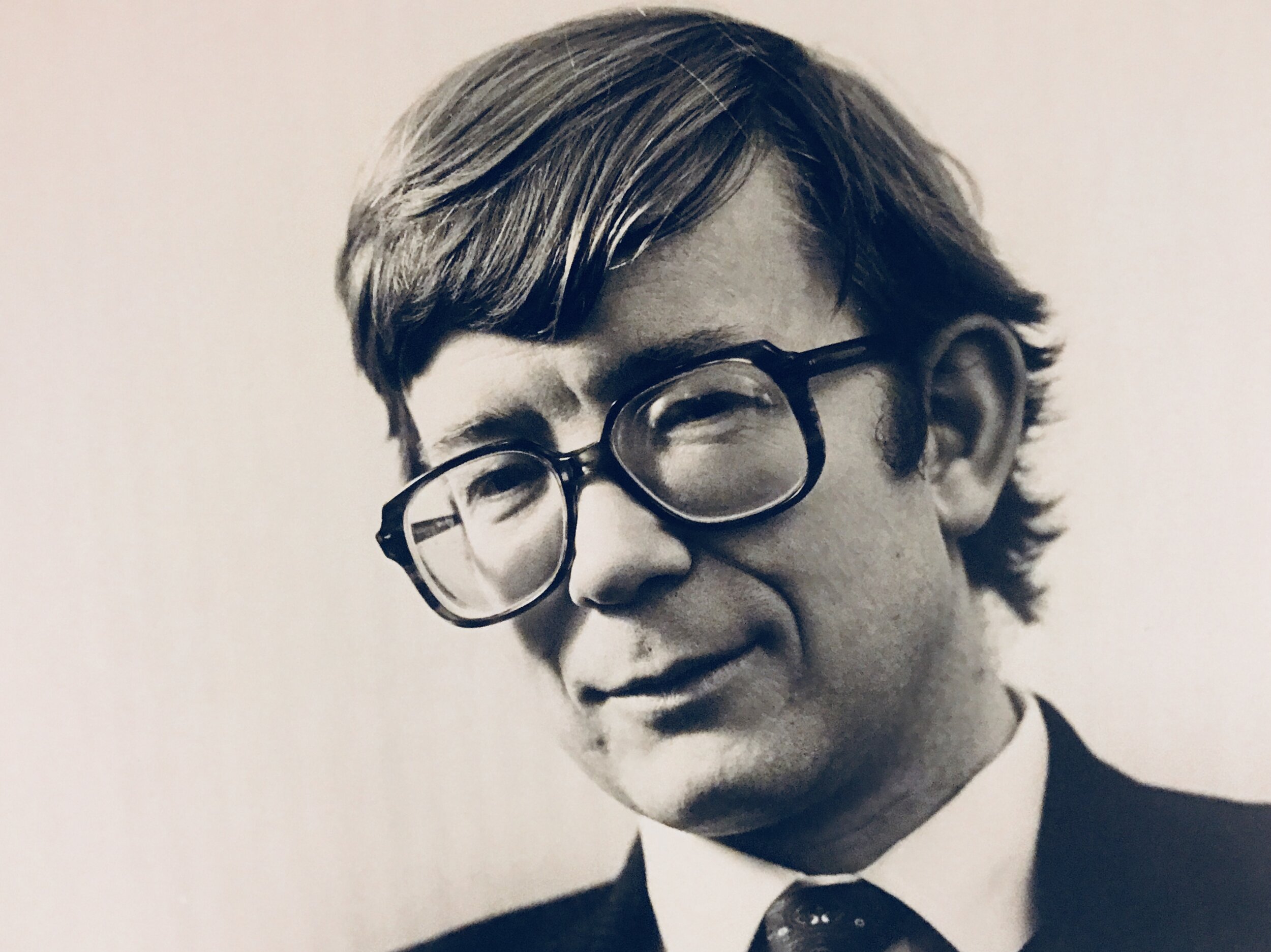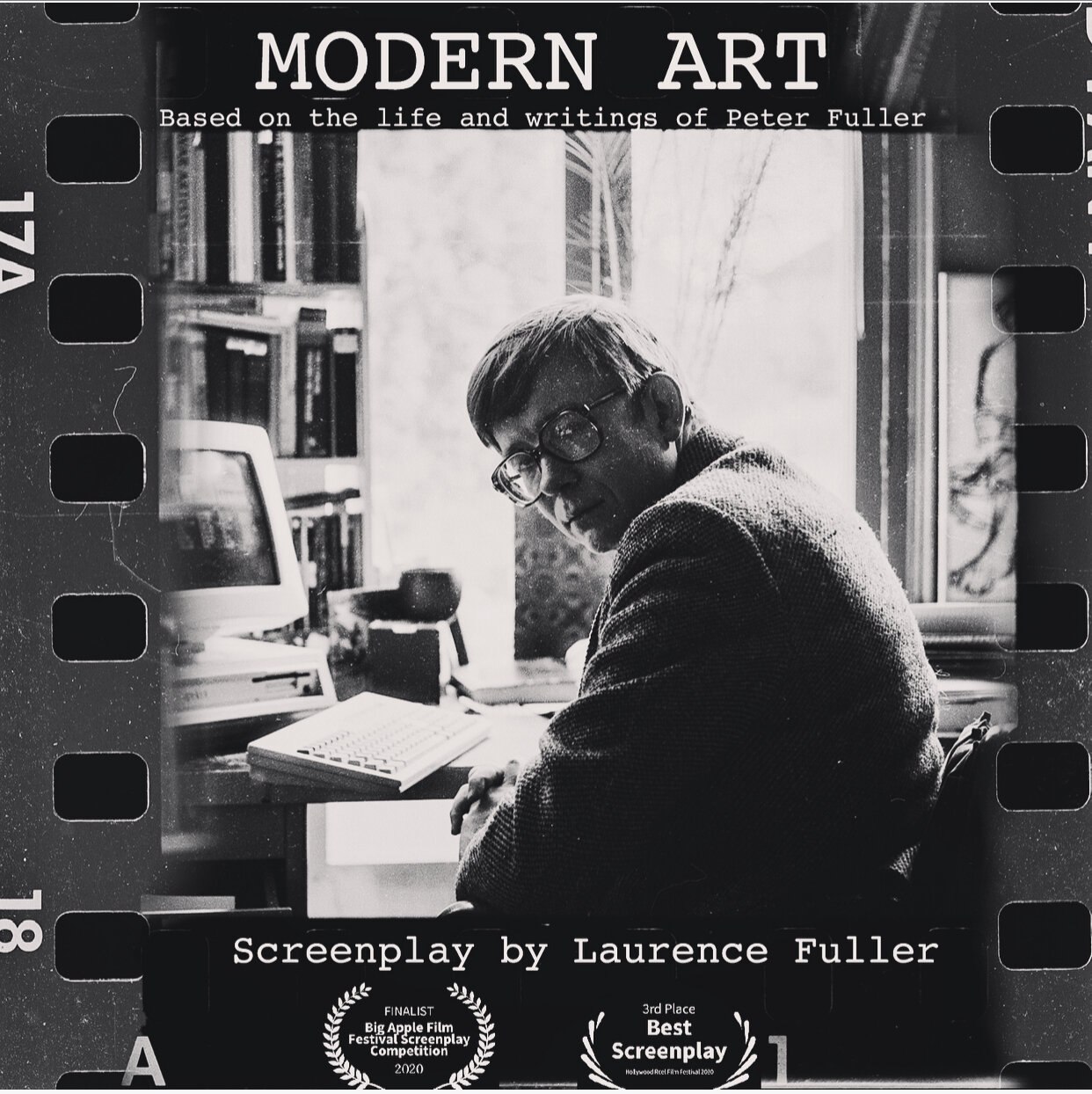MODERN ART chronicles a life-long rivalry between two mavericks of the London art world instigated by the rebellious art critic Peter Fuller, as he cuts his path from the swinging sixties through the collapse of modern art in Thatcher-era Britain, escalating to a crescendo that reveals the purpose of beauty and the preciousness of life. This Award Winning screenplay was adapted from Peter’s writings by his son.In September 2020 MODERN ART won Best Adapted Screenplay at Burbank International Film Festival - an incredible honor to have Shane Black one of the most successful screenwriters of all time, present me with this award:
As well as Best Screenplay Award at Bristol Independent Film Festival - 1st Place at Page Turner Screenplay Awards: Adaptation and selected to participate in ScreenCraft Drama, Script Summit, and Scriptation Showcase. These new wins add to our list of 25 competition placements so far this year, with the majority being Finalist or higher. See the full list here: MODERN ART
Et In Arcadia Ego, by Poussin
ET IN ARCADIA EGO
by Peter Fuller, 1981
The National Gallery of Scotland houses a group of seven implacable and yet compelling paintings: the second series of Sacraments Poussin painted for his patron, Paul Chantelou, between 1644 and 1648. Usually, these pictures hang together in magnificent, silent solemnity on the walls of a single room. I can think of no comparable experience in any British art gallery—except, perhaps the famous Rothko room at the Tate.
Of course, the comparison is based more on mood than appearance. Rothko’s paintings are wholly abstract: their effects depend solely upon undulating planes of purple and black. Poussin’s pictures involve monumental figures whose ‘passions’ are expressed through vivid yet intensely restrained bodily gestures and facial expressions. With the exception of Baptism, they carry out their dignified ceremonials against massive, architectonic stage sets. The paintings are also redolent with Poussin’s detailed knowledge of the artifacts and customs of the ancient world.
Rothko said of his own paintings that anyone who saw only the forms and colour harmonies was missing the point: though not a religious man, he was concerned with ‘basic emotions’; he insisted there was a deep ‘spiritual’ dimension to his work. Conversely, it has often (and rightly) been said of the Poussins that they contain ‘superb passages of abstract design.’ Both series certainly share a concern with high sentiment, with the evocation of a mood of humanist spirituality. Rothko and Poussin used and developed very particular kinds of pictorial conventions, peculiar to their respective moments of history; but through such timely means they both consciously created self-contained illusions which aspired to the condition of the timeless.
Poussin’s Sacraments may be superficially ‘religious’; but Poussin utterly rejected that florid, superstitious yearning for the miraculous manifested by the counter-Reformation artists who were working close by him in Rome. The Sacraments reflect his moral and stoical rationalism. They revolve around basic human themes, common to all cultures: the understanding of the origins and frailty of human life, the inevitability of death (so powerfully evoked in the painting which shows a Roman centurion receiving Extreme Unction from an early Christian priest), the union of man and woman, and spiritual regeneration. Poussin was fifty when he began these works, and they represent the breakthrough to the silent, decorously majestic style of his long-delayed maturity.
This was made clear in a remarkable special exhibition at Scotland’s National Gallery in which these Sacraments were temporarily rehung alongside their precursors, a cycle of pictures on the same subject begun in the mid-1630s. The earlier Sacraments are almost ‘intimist’ in comparison; they are technically and aesthetically uneven and full of incident and gesture which has not been ruthlessly subjected to the overall conception.
Poussin’s vision of man was certainly more fragmented at that time. Simultaneously with the first series of Sacraments, he was working on a series of Bacchanals for Cardinal Richelieu. The finest of these is probably The Triumph of Pan, specially cleaned for this show, and revealed in all its brilliance of hue and riot of carnal exuberance. This painting exudes a uniformly lush sensuality which could hardly be more different from the varied and carefully individuated, but always noble, sentiments expressed through the gestures and faces of the characters in the later Sacraments.
In Edinburgh, one can now also see early paintings Poussin made after his arrival in Rome in 1624. None is more beautiful and typical than Cephalus and Aurora (from London’s National Gallery) which shows all the nostalgic yearning, Titianesque touch, honey tones and milky mergence of forms, characteristic of the first formulation of Poussin’s arcadian utopia.
This Edinburgh exhibition is thus an introduction to Poussin, not a blockbuster retrospective. Many of his greatest paintings, and regrettably all his landscapes, are absent. But Poussin needs introducing here. There are many fine Poussins in our public collections; but apart from a small presentation in a provincial university thirty years ago, there has never before been a Poussin exhibition in Britain. Poussin has long attracted a daunting and voluminous scholarly literature; he has also always been celebrated among painters themselves. (Cezanne wanted to do Poussin over again—but from nature rather than the antique.) But he has never been greatly loved by the ever growing army of mass consumers for art.
Certainly, Poussin is an acquired taste. I know because, for years, I passed by his paintings with the contemptuous indifference of a Pharisee. But one day, quite suddenly, my interest was aroused and Poussin became, for me, something close to an addiction. Today I can think of no painter, dead or alive, whose works I enjoy more. And that seems to be a common pattern among those who admire him.
It is easy to see why Poussin resists casual glances. His greatest work, that of his maturity, is refined, sophisticated, highly artificial, academic and often heavy with esoteric references and classical allusions. He eschews the spontaneity, incompletion, sketchiness and immediacy which have been so elevated in post-romantic taste. (The late drawings made with a sick and shaking hand are, perhaps, an exception.) Furthermore, he makes nonsense of the contemporary critical cant that, to be great, a painting must, in every significant respect, be of its own time.
Poussin insists that, if you are to enjoy his paintings, you must enter a strange and forbidding world of his own creation, one without any easy sociological keys. Certainly, Poussin is rich in identifiable appurtenances; but they tell us next to nothing about the seventeenth century France from which he came, or the seventeenth century Rome in which he worked. And yet it is the completeness of this invented world which forms the basis of his fascination for those who yield to him.
In Poussin, opposites unite: the great sculptor, Bernini, once said of Poussin’s work, ‘O che grande favoleggiatore!’ (‘Oh what a great storyteller!’). But Roger Fry, the formalist critic, who did more than anyone to foster the contemporary contempt for narrative painting was also among Poussin’s most enthusiastic admirers. Fry believed that the aesthetic value of painting was solely a matter of emotional response to the disposition of colours, shapes and forms.
This is not as contradictory as it sounds. I have often drawn attention to the mandrake-like root of expression in painting. One branch of this is dependent upon the body as objectively perceived and depicted; the other is enmeshed in abstract and rhythmic qualities (such as touch, form, composition and so on) ultimately deriving from the subjective experience of the artist’s, and thus, by extension, the viewer’s own body. Poussin was a master of both these modes.
He followed Leonardo’s physiognomic theory of expression, according to which in painting the spectator’s emotion is primarily aroused through the expressivity of the characters depicted. Poussin developed this into his own concept of the affetti (ie the ‘passions’ or emotions) as made manifest through the interacting bodily gestures of the various characters portrayed.
Such ideas, of course, have much in common with certain theories about acting. Before painting a picture Poussin would set up a miniature stage upon which he experimented with tiny wax figures in various postures. Extreme Unction even includes the near edge of the floor in the extreme foreground as if one were looking into a stage set. All these techniques create an illusory space which emphasizes the separateness and otherness of the high drama depicted on the other side of the footlights.
But Poussin also likened the way in which paintings work upon us to music: this can most easily be seen in those early works, like the Cephalus and Aurora, in which his figures are much less sharply individuated from each other, and everything flows and merges across a shallow, decorative space close to the canvas surface, so that mood is evoked through abstract elements. But the genius of Poussin’s pictures resides in the way in which he blends these two extremes of expression into a harmonious whole.
Poussin thus unites the objectively perceived and the subjectively experienced in a new way. Both his ‘theatrical’ representational devices and his ‘musical’ forms are symbolic. And this is the clue to the ‘new realities’ he constitutes through his pictures. Rothko tried to evoke a subjective pictorial utopia through formal means alone; but in Poussin’s paintings, ancient history provides an additional metaphor which speaks both of the objective world, and of those yearning remembrances of a lost psychological experience, expressed through his forms.
Poussin possessed a rarefied intellect; yet he was fascinated with the infant’s eye view. Thepwfh who hover in his skies, or crouch in the foreground of his pictures, are more than conventional devices. Indeed, he sought out obscure subjects—like the nurture of Jupiter by a goat—through which he could make the infant, who feels blissfully fused with all he surveys, the explicit focus of attention. In The Arcadian Shepherds, of 1627, three figures gaze at the words Et in Arcadia ego engraved upon a tomb. The most likely translation is, ‘I too lived in Arcadia.’Poussin recreates the lost paradise of childhood and combines it with the heights of adult experience. But like Rothko, with his black spaces, he does not let us forget that we who have fallen into hard reality will lose even that in death.
1981

























